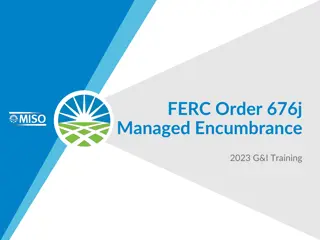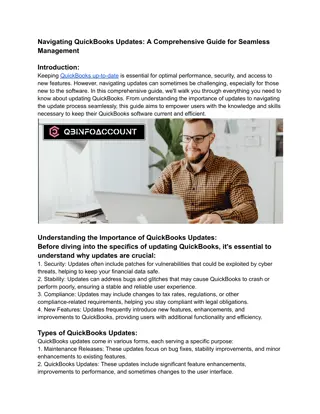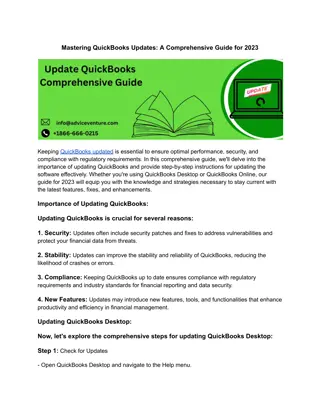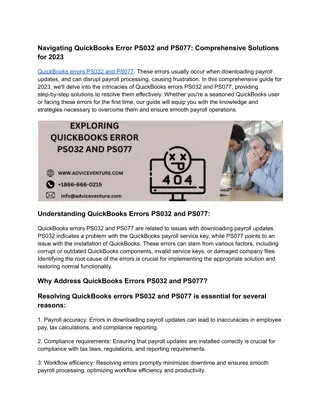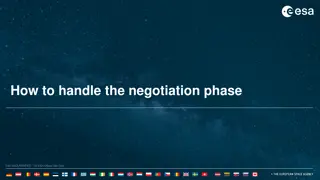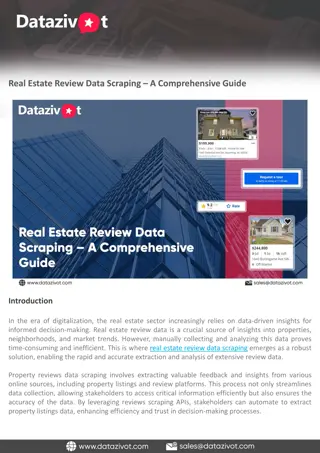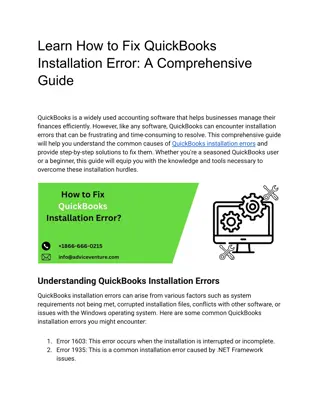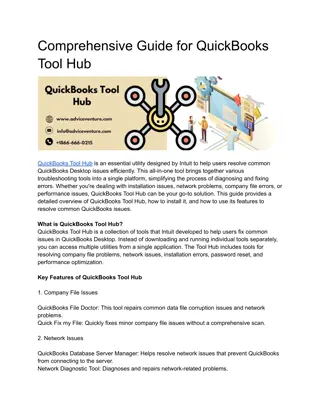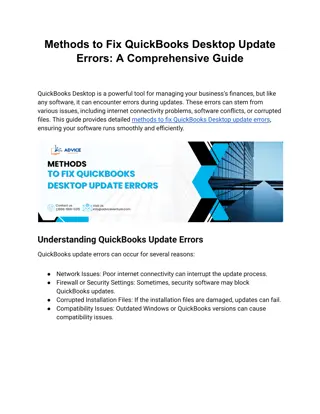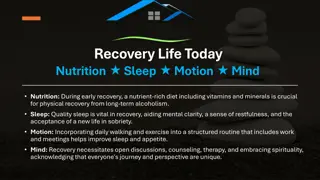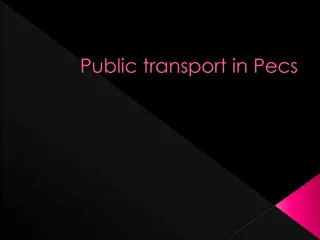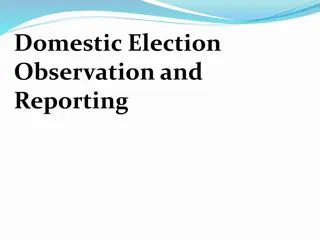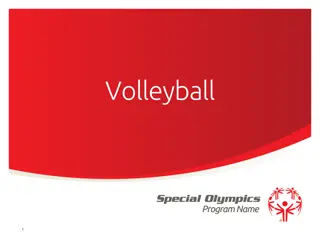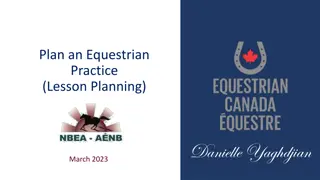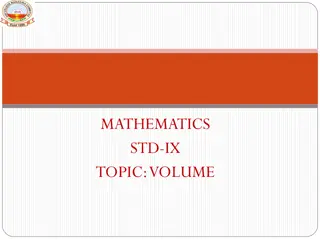Understanding PECS - A Comprehensive Guide
Explore the foundational principles of PECS, learn about each phase in detail, and understand why and when to use PECS for functional communication. Discover the Pyramid Approach to Education, prepare for PECS implementation, set the stage for successful communication, and initiate Phase 1 effectively. Engage with valuable insights and tips to enhance communication with PECS.
Download Presentation

Please find below an Image/Link to download the presentation.
The content on the website is provided AS IS for your information and personal use only. It may not be sold, licensed, or shared on other websites without obtaining consent from the author. Download presentation by click this link. If you encounter any issues during the download, it is possible that the publisher has removed the file from their server.
E N D
Presentation Transcript
PECS Picture Exchange Communication System
Objectives Have a clearer understanding of the foundations of PECS Outline each phase of PECS Create an opportunity to discuss PECS
What is PECS? Pyramid Approach to Education Functional communication Requires at least 2 people one who directs some action/behaviour toward someone else who in turn provides immediate reward- either material or social Functional communication can involve any modality however the critical skills involve expressive as well as receptive
Why use PECS? Bill of Rights Decrease in behaviour Generalisation - at home, Respite, community Increase independence
Getting ready for PECS Identify powerful reinforcers Item student exerts effort to gain access to. Item student resists having taken away. Item student spends a lot of time with. Prepare materials Create and laminate symbols (adaptations where necessary) Gather reinforcers and corresponding symbol for PECS lesson
Setting the Stage for PECS Do not pre-empt communication Do not anticipate and meet needs Do not speak for the student Do not assume the student cannot speak Create and capture 40 50 times opportunities a day for communication. Expect communication all day!
Create and wait Pause during an activity. Put items in sight but out of reach. Offer part of a multi- component item. Offer an associated item.
Phase 1 - Initiate LO Initiate communication interaction Rules of communication Approach a communicative partner Deliver a message Single symbol Initiation means student must go first What do you want? Do you want a drink?
Phase 1 Pick, reach, release https://www.youtube.com/watch?v=mECI6PKVFiA
Practise Remember no hand out until the student initiates! No talking from the physical prompter at all No talking from the Communicative partner until the student initiates Label the item not Well done Clare PP as much as needed but as little as required
What could go wrong Loses interest in reinforcer (change it) Gets annoyed (follow behaviour plan and start trial again another time do not give in) Needs PP for whole trial (that s fine practise makes perfect!!)
Phase 2 Distance and Persistence LO Persist across obstacles Book is needed Teach students to travel Travel to communicative partner Travel with book or to get picture from book Travel from room to room
What could go wrong? Student stops on the way to CP PP to assist to continue Student goes to CP without symbol Redirected to symbol/book by PP Student goes to CP with entire book PP hand over hand to exchange symbol
Phase 3a Discrimination LO Choose from among all pictures in book Begin with highly preferred and non-preferred Always give the requested item 4 step error correction Model, practise, switch, repeat
Phase 3b Discrimination between Preferred Items LO Student must show correspondence between picture and chosen item Show both items at one time Wait for the symbol exchange Show the two items take it The student goes for the wrong item (teach to the reach) Block it 4 step error model, practise, switch, repeat
Phase 4 sentence structure LO Teach student to construct and exchange a sentence strip while maintaining a requesting function Remove I want symbol and place on sentence strip Remove reinforcer symbol and place on strip Remove and give sentence strip Tap the symbols Encourage speech
Phase 5 Responsive requesting LO - Responsively and spontaneously request Teach responding to a question while maintaining a requesting function Introduce prompting strategy progressive time delay.
Phase 5 Step 1 - Simultaneously ask question (natural cue) and point to sentence starter (Prompt) Step 2 Gradually lengthen interval between natural cue and prompt until the student beats the prompt Step 3 Alternate between opportunities for spontaneous requesting and answering what do you want?
Phase 6 Commenting LO Spontaneously comment on the world around them. Start with a question What do you see? What is it? What do you hear? Students comment on surprises, changes, novelty, unusual events
Phase 6 Sentence starter discrimination Starts the same as phase 5 (ask what do you see .beat the prompt) The alternate question what do you want? I see I hear I smell I want
What next? Continue to introduce new sentence starters I have, I don t like, my name is, It s a, Lets watch Introduce new vocabulary and syntax I am, and, in, when, it looked like, happy I want bounce on big yellow ball
Speech generated device Emotions Using in the community
Its ok to say no! Lets make a deal card Never take symbols away


